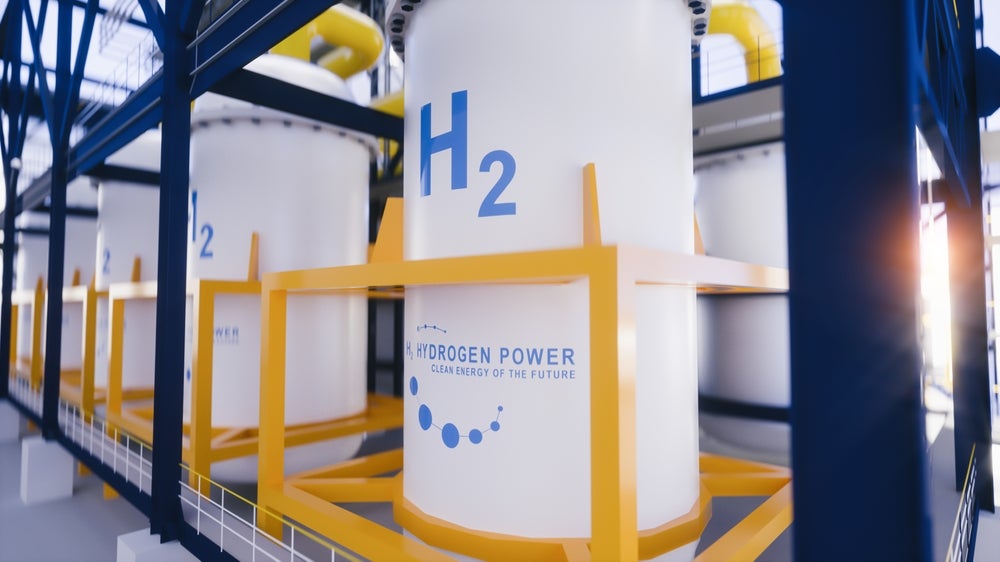Global development of hydrogen technology is shifting towards low-emissions solutions, according to a joint study of patents by the European Patent Office and the International Energy Agency (IEA). Climate-oriented technologies made up almost 80% of all patents related to hydrogen production in 2020, with the growth coming primarily from rising innovation in electrolysis.

The report, published on 10 January, finds that global patenting in hydrogen is led by the EU and Japan. The pair account for 28% and 24%, respectively, of all international hydrogen patents filed from 2011 to 2020, with substantial growth over the past decade. The leading countries in Europe are Germany (11% of the global total), France (6%) and the Netherlands (3%).
The US, with 20% of all hydrogen-related patents, is the only major innovation centre to see international hydrogen patent applications decline in the past decade. International patenting activity in hydrogen technologies remained modest in South Korea and China but is on the rise.
Hydrogen production technologies boasted the highest number of hydrogen patents over the 2011–20 period. Even though global hydrogen production today is largely fossil-based, low-emissions innovations generated more than twice the number of international patents across all parts of the hydrogen value chain than traditional technologies.
Among end-use applications, the automotive sector has long been the focus for hydrogen innovation, and patenting in the sector continues to rise, led chiefly by Japan. Another standout is recent growth in patents for the use of hydrogen to decarbonise steel production.
“Hydrogen from low-emissions sources can play an important role in clean energy transitions with potential to replace fossil fuels in industries where few clean alternatives exist, like long-haul transport and fertiliser production,” said IEA executive director Fatih Birol in a statement. “This study shows that innovators are responding to the need for competitive hydrogen supply chains but also identifies areas – particularly among end-users – where more effort is required. We will continue to help governments spur innovation for secure, resilient and sustainable clean energy technologies.”

US Tariffs are shifting - will you react or anticipate?
Don’t let policy changes catch you off guard. Stay proactive with real-time data and expert analysis.
By GlobalData


